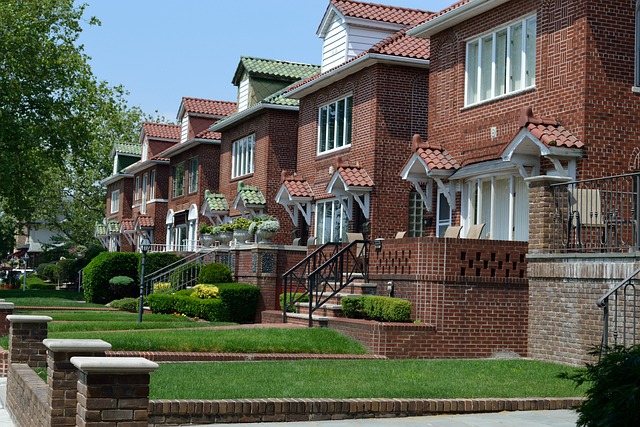Green real estate, also known as sustainable or eco-friendly real estate, refers to properties that are designed, built, and operated in an environmentally conscious manner. These properties aim to minimize their impact on the environment, reduce energy consumption, and promote sustainable living practices. In the context of real estate, Green Real Estate focuses on minimizing the negative impact on the environment and maximizing energy efficiency, water conservation, and waste reduction. This can include features such as solar panels, energy-efficient appliances, insulation, rainwater harvesting systems, and green spaces.
The concept of green real estate has gained significant traction in recent years as more people become aware of the importance of environmental conservation. With the growing concern over climate change and the depletion of natural resources, individuals and organizations are increasingly seeking ways to reduce their carbon footprint and live in harmony with the planet. It is not only beneficial for the environment but also for the occupants of the property, as it can lead to lower utility bills, improved indoor air quality, and a healthier living environment.

Town planning and development authorities are increasingly incorporating green building practices and regulations into their policies to promote sustainable development. Real estate developers and investors are also recognizing the value of green properties, as they tend to have higher property values and appeal to environmentally conscious buyers.
So, what exactly does green real estate entail? Here are some key aspects:
- Energy Efficiency: Green buildings are designed to maximize energy efficiency by incorporating features such as solar panels, efficient insulation, and energy-saving appliances. These measures not only reduce energy consumption but also lower utility costs for occupants.
- Water Conservation: Green properties often incorporate water-saving technologies, such as low-flow toilets and faucets, rainwater harvesting systems, and efficient irrigation systems. These measures help conserve water, a precious resource that is becoming increasingly scarce in many parts of the world.
- Sustainable Materials: Green real estate emphasizes the use of sustainable and environmentally friendly materials during construction. This includes using recycled or renewable materials, as well as avoiding the use of harmful substances like lead-based paints or toxic chemicals.
- Indoor Air Quality: Green buildings prioritize the health and well-being of occupants by ensuring good indoor air quality. This involves using non-toxic materials, proper ventilation systems, and controlling pollutants such as mold, dust, and volatile organic compounds (VOCs).
- Smart Technology: Many green properties incorporate smart technology to optimize energy usage and enhance comfort. This includes automated lighting systems, smart thermostats, and energy management systems that allow residents to monitor and control their energy consumption.
- Sustainable Landscaping: Green real estate often includes environmentally friendly landscaping practices, such as native plantings, rain gardens, and permeable pavements. These features help reduce water runoff, prevent soil erosion, and create a habitat for local wildlife.
The benefits of green real estate extend beyond environmental conservation. These properties also offer financial advantages, such as lower utility bills, potential tax incentives, and increased property value. Additionally, living or working in a green building can improve the health and well-being of occupants, thanks to improved indoor air quality and a connection to nature.
As the demand for sustainable living continues to grow, green real estate is becoming an attractive investment option for both individuals and businesses. By choosing eco-friendly properties, we can contribute to a more sustainable future while enjoying the benefits of energy efficiency, cost savings, and a healthier living environment. In summary, Green Real Estate refers to properties that are designed, constructed, and operated in an environmentally friendly and sustainable manner. It involves incorporating energy-efficient features, using renewable materials, and implementing sustainable practices throughout the entire life cycle of a property.

